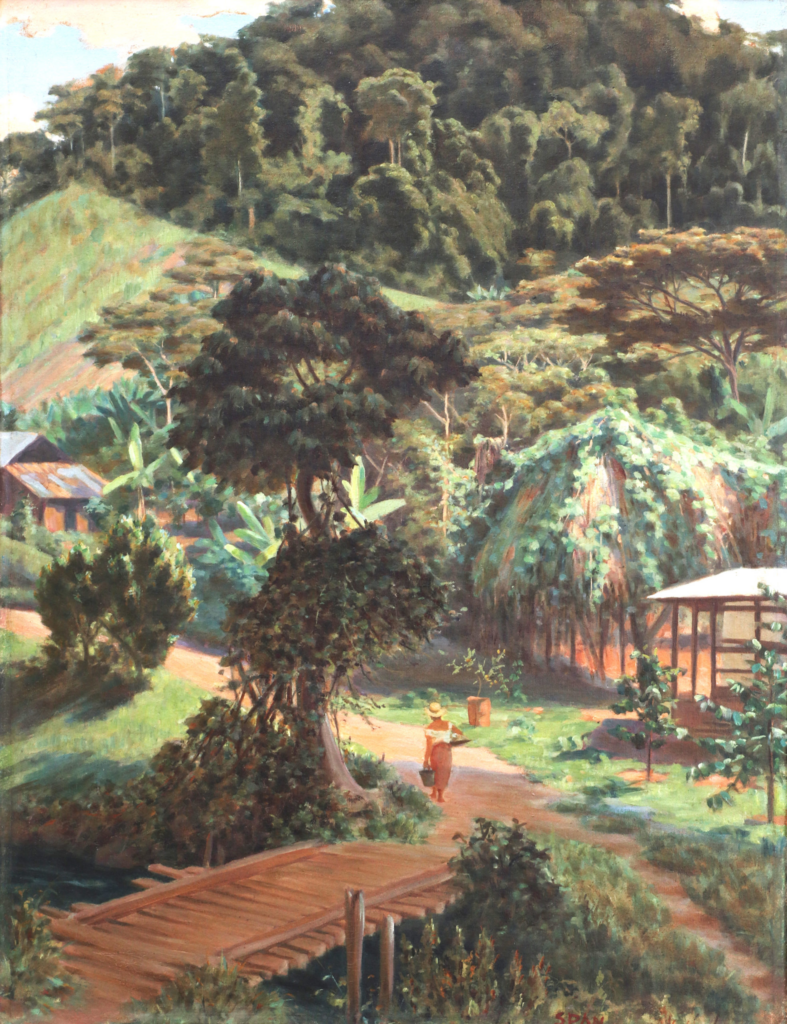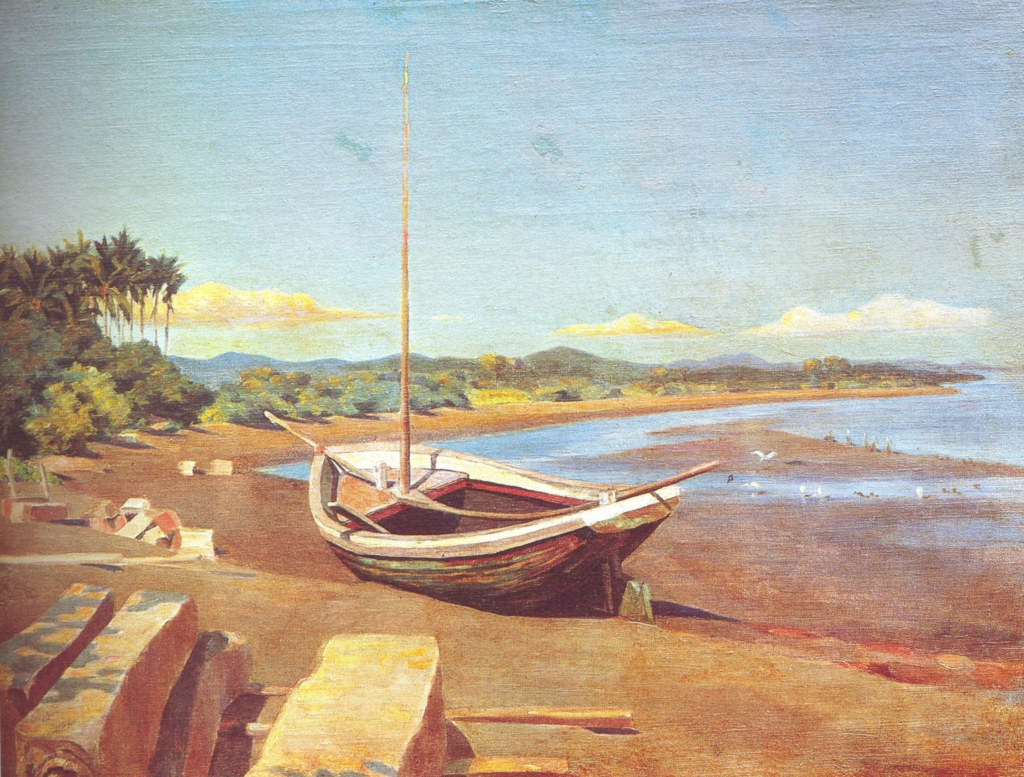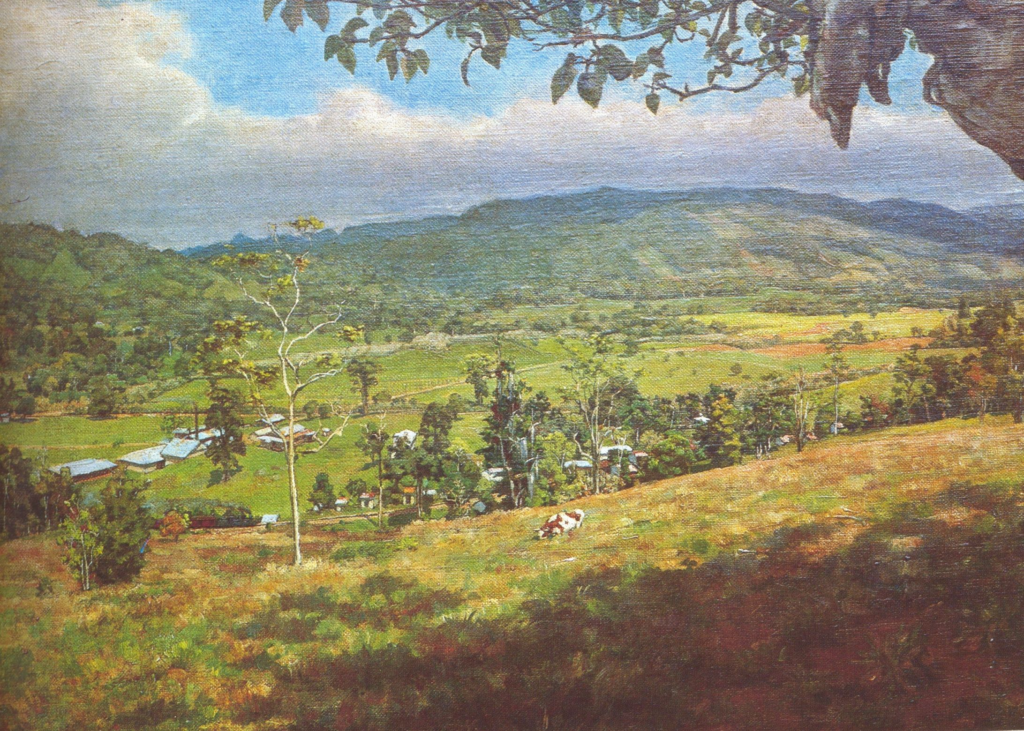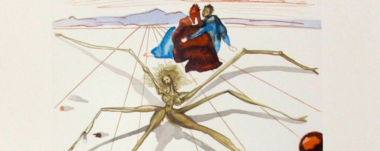Exhibition Diverse Landscapes: Costa Rica 1890-1950

The Museo de Arte Costarricense (MAC) invites the general public to attend the opening of the exhibition Diverse Landscapes: Costa Rica 1890-1950, which will be open to the public starting Thursday, December 12 at its headquarters located in the Parque Metropolitano La Sabana.
With 70 oil paintings on canvas, masonite and cardboard, this exhibition explores the Costa Rican landscape art from the late 19th to the mid-20th centuries. Throughout the exhibition, visitors will be able to enjoy works by outstanding artists such as Enrique Echandi, Ezequiel Jiménez, Tomás Povedano, Emilio Span and Max Jiménez. The works capture a wide variety of rural, urban and semi-rural landscapes, portraying the natural and cultural diversity of different regions of the country.



The opening ceremony will take place on Thursday, December 12 at 7:00 p.m. in Room XIV of the MAC. Admission is free and open to the public. Subsequently, the exhibition can be visited from Friday, December 13, Tuesday through Sunday, from 9:00 a.m. to 4:00 p.m.
Exhibition Diverse Landscapes : Selected Works
The works include representations of regions such as Puntarenas, the Nicoya Peninsula, Guanacaste and Limón. They include adobe houses, wood and straw buildings, as well as scenes where peasants and other human figures are central elements within natural landscapes.
Emilio Span stands out as one of the participating artists who is most dedicated to landscape as an autonomous motif. In his works, nature takes a leading role, representing vegetation and topography without human intervention, which allows a pure appreciation of the landscape.



Curation and collaborations
The exhibition is curated by researcher and academic Eugenia Zavaleta Ochoa, who has developed an outstanding career in art history, public collections and cultural policies. This exhibition is the result of research at the Centro de Investigación en Identidad y Cultura Latinoamericanas (CIICLA) and is supported by the Museum of the University of Costa Rica (Museo UCR).
The MAC emphasizes that Zavaleta has contributed significantly to the dissemination of the national artistic heritage, strengthening its relevance in the Costa Rican identity.
Sensorial Sunsets
Navigate articles






